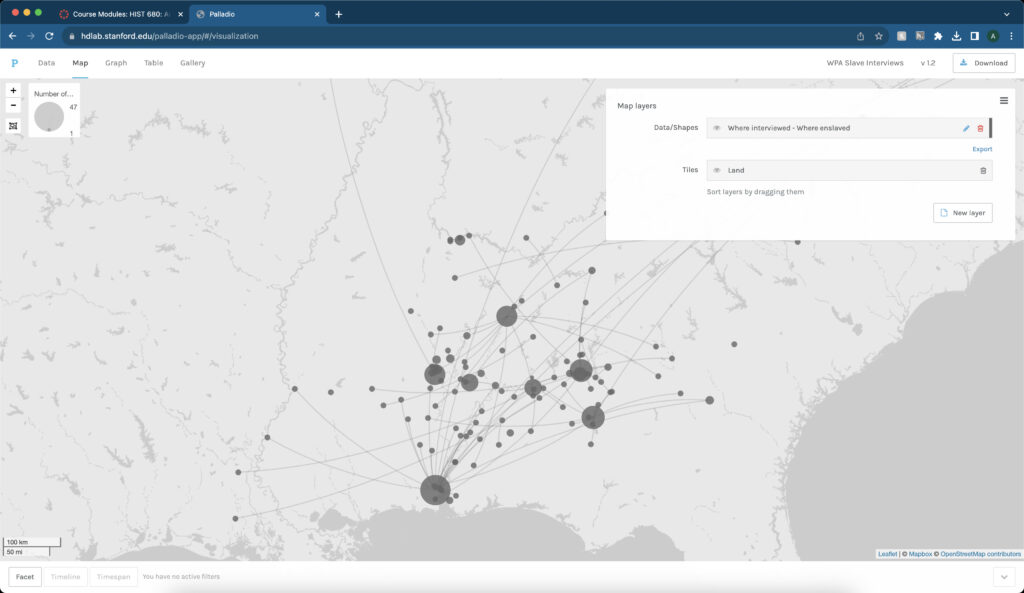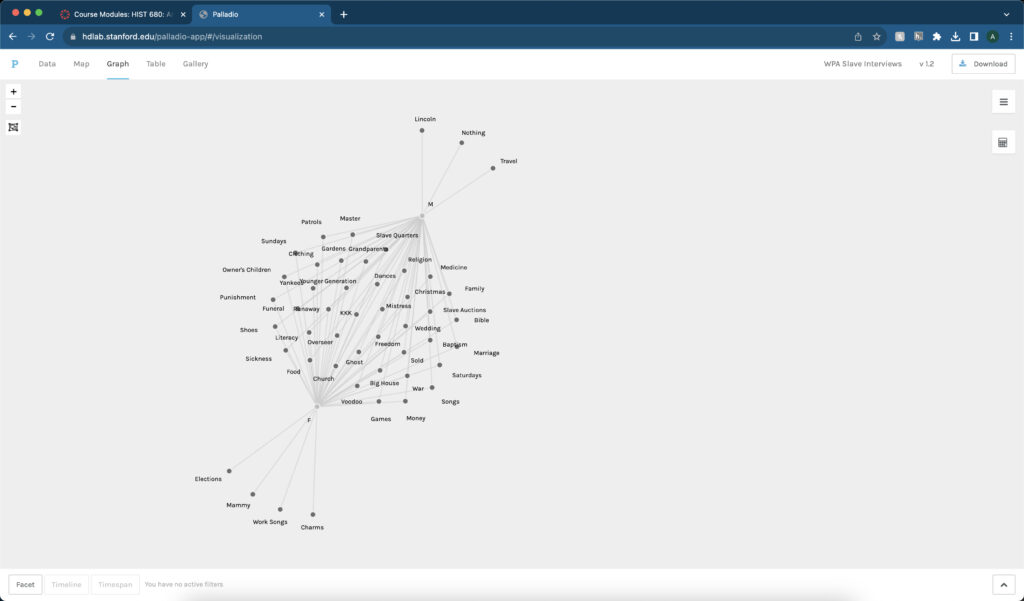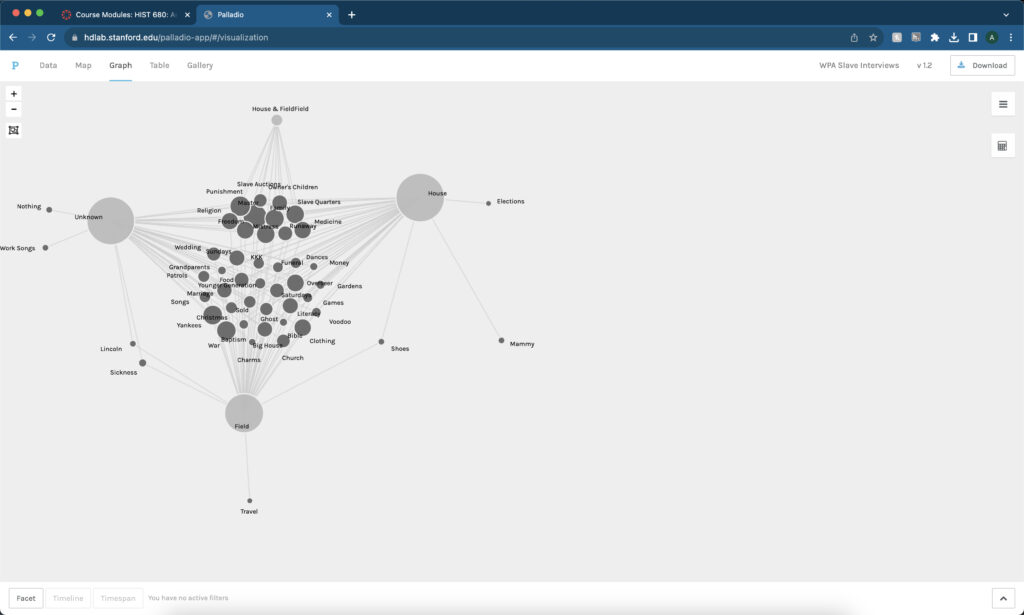The public history field has explored how different technologies can be used to teach and tell stories about history. These technologies aim to reach more people than a physical public history site would otherwise attract. While all these technologies are different and work in distinct ways, they all serve the purpose of creating public history for the digital realm. One such technology is VR sets. Museums are implementing this technology to give visitors a different view of an exhibit. In his article “Virtual Reality is a Big Trend in Museums, but What are the Best Examples of Museums Using VR?” Jim Richardson states, “Museums have always sought to breathe life into their collections, and VR is an exceptional tool for achieving that goal. It offers a unique and captivating experience that transports visitors to new dimensions within an exhibit.”1 An excellent example of a museum creating these “unique and captivating experiences” is the Louvre. The Louvre used VR to create an experience of viewing the Mona Lisa differently. Richardson explains, “Through interactive design, sound, and animated images, users discover details about the painting, such as its wood panel texture and how the passage of time has changed its appearance.”2 This VR experience gives users a different view of the painting than they would otherwise get from viewing it in the physical space.
Another way public history has delved into the digital realm is with mobile applications. Almost everybody in the world owns and uses a smartphone, and the public history field has taken advantage of this by creating different apps to educate and engage users in historical stories. One such app is Clio, whose mission is to “connect people to information about the history, art, science, and culture that surround us with educational walking tours, nature trails, virtual museum tours, and thousands of geo-located articles about landmarks.”3 Instead of traveling to a public history site, people can use this app to learn about the history of the area that they are in. The app is also collaborative, with users able to create tours that others can use to their benefit. Another technology that the field has started to use is podcasts. Public history has started using this medium as a storytelling device to tell historical stories that were lost to time. A great example is the podcast Not Just the Tudors by History Hit. This podcast aims to “talk about everything from the Aztecs to witches, Velázquez to Shakespeare, Mughal India to the Mayflower. Not, in other words, just the Tudors, but most definitely also the Tudors.” To tell these stories, historians of the subject come on the podcast and give the background information about an otherwise forgotten history.4 The storytelling element in this and other historical podcasts engages users in the history that these creators are passionate about. Jim McGrath discusses this engagement differently in his article “Podcasts and Public History.” McGrath states, “Podcasts present new opportunities for public historians to tell stories about cultural objects and their value, and in some contexts, these audio narratives can be invitations for listeners to visit physical archives and exhibitions.”5 An excellent historical podcast, according to McGrath, engages listeners, and those listeners continue that engagement by going to the site of the topic of an episode. Podcasting, mobile applications, and VR sets have influenced the public history field to think about different ways to engage the public in the digital realm.
- “Virtual Reality is a Big Trend in Museum, but What are the Best Examples of Museums Using VR?,” MuseumNest, accessed April 17, 2024, https://www.museumnext.com/article/how-museums-are-using-virtual-reality/. ↩︎
- “Virtual Reality,” MuseumNext, https://www.museumnext.com/article/how-museums-are-using-virtual-reality/. ↩︎
- “FAQs,” Clio, accessed April 17, 2024, https://www.theclio.com/faqs. ↩︎
- “Not Just the Tudors,” podcast, hosted by Suzannah Lipscomb, accessed April 17, 2024, https://access.historyhit.com/not-just-the-tudors. ↩︎
- “Podcasts and Public History,” National Council on Public History, accessed April 17, 2024, https://ncph.org/history-at-work/podcasts-and-public-history/. ↩︎


